Even though the hullabaloo around transitioning to renewable energy has been very much alive in the industrial space, its usage in the domestic space got a fillip with the launch of the PM Suryagarh Muft Bijli Yojana in 2024. The programme has taken off well, with 6.38 lakh installations and 30 lakh applications.
The National Green Hydrogen Mission took root in 2024, with contracts having been awarded for 4.12 lakh tonnes of green hydrogen to ten companies and 1,500-MW electrolyser capacity to eight companies.
Some trends in renewable energy also escalated into megatrends during the year. The first was capacity addition itself. In the first eleven months of the calendar year, a record 20,849 MW of solar and 3,223 MW of wind energy were added, taking the total amount of installations to 94,167 MW and 47,959 MW, respectively. According to the consultancy firm, 18.5 GW of solar capacity was offered across 27 auctions in 2024.
Open access
Second, open access—or electricity generators selling directly to consumers—gained ground. According to India Solar Open Access Market Report of the consultancy, Mercom, in the first nine months of 2024, 4.8 GW of open access capacity was added, compared with 2.8 GW added in the same period last year. Five States — Karnataka, Maharashtra, Rajasthan, Tamil Nadu and Gujarat (in this order) – accounted for 74 per cent of open access installations. This trend is notable because open access sales fetch better price for developers and lowers the cost of power for consumers.
In 2021-22, open access consumers constituted 36.2 per cent of the total power demand in the country, amounting to approximately 413 billion units, according to the Central Electricity Authority, which also expects it “to grow at a CAGR of 8.2 per cent with an estimated demand of 775.3 BU by 2030.” As more and more customers shift to open access and opt for renewable energy, the open access market will expand. The year 2024 will be remembered as the origin of this megatrend.
Tariffs fluctuate
Third, solar tariffs have fallen, while those for wind have gone up. Solar tariff fell to a record ₹2.15 a kWhr — Waaree won 170 MW in a Madhya Pradesh auction quoting that price. While that was more of an outlier, tariffs generally settled down around ₹2.50/kWhr. Wind tariffs rose to the range of ₹3.60-3.70. In one bid, JSW Neo won 350 MW for ₹3.61/kWhr; in the same bid, 60 MW were awarded to Datta Power Infra for ₹3.98/kWhr. These levels of tariffs were unthinkable earlier. However, it must be noted that tariffs for wind projects in Gujarat still hover around ₹3.24-3.30. Wind tariffs vary widely because different regions have different wind speeds, which affect generation.
The fourth megatrend—a significant one—is the momentum seen in wind-solar hybrid auctions. In 2024, there were 13 hybrid auctions and at least 11.2 GW of capacity were awarded (or, are to be awarded), as against 7.7 GW in 2023 and 4 GW in 2022. Udit Garg, Managing Director & CEO, Kundan Green Energy, describes this trend as “interesting” and observes that “hybrid renewable energy tenders have gained prominence and should rise further”.
Hybrid auctions
The fifth megatrend arises out of the hybrid auctions—tariffs of hybrid auctions are falling below standalone wind projects. Hybrid projects attracted tariffs between ₹3.15 and ₹3.65/kWhr.
Moreover, several renewable energy companies came out with their IPOs in 2024 and their success indicates the growing investor interest in the sector. Some notable examples are: Premier Energies, Alpex Solar, NTPC Green, Waaree and ACME Cleantech.
As for electric mobility, in September the Cabinet approved the ₹10,600-crore PM E-Drive scheme, which provides subsidies for electric vehicles. This scheme has evolved from the previous FAME schemes; a notable difference is the inclusion of electric trucks, for the first time, for subsidies.
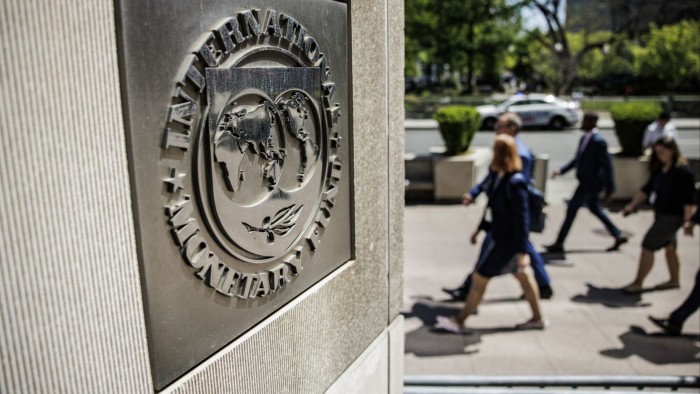

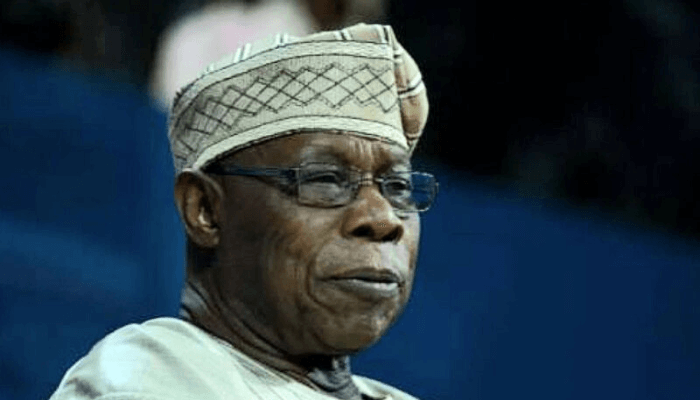

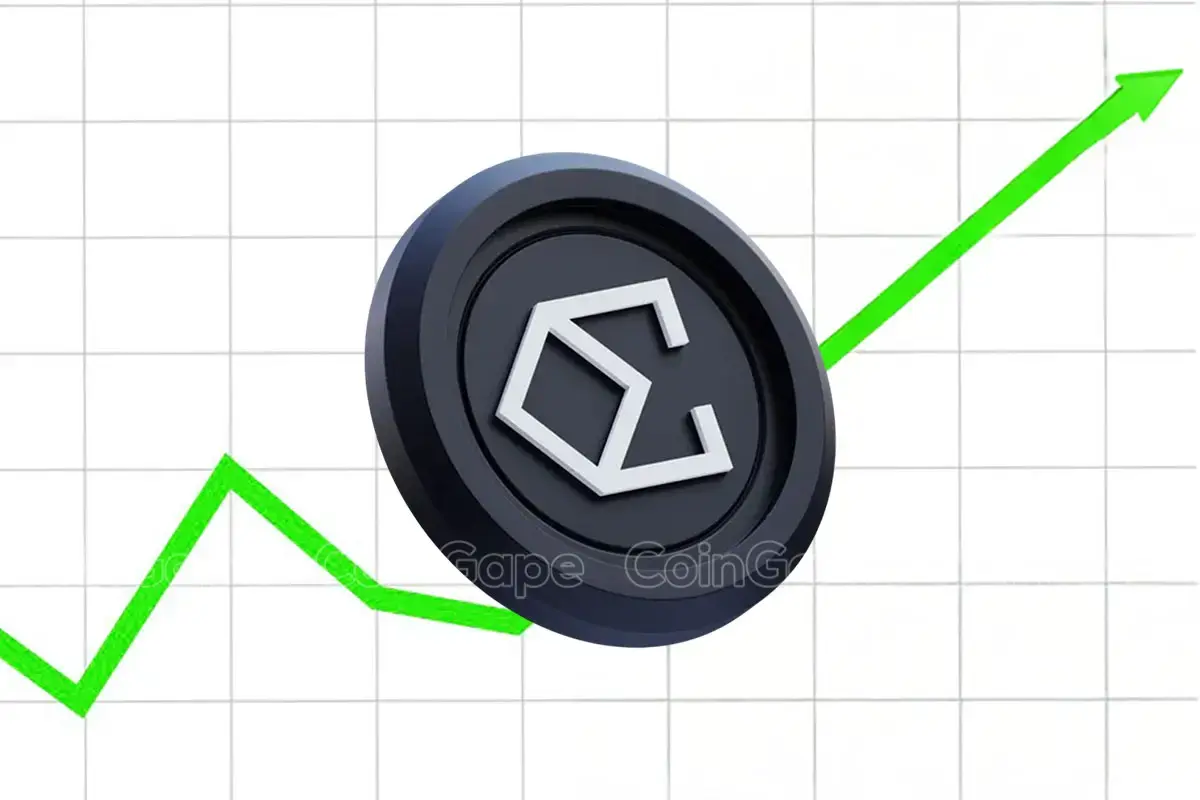
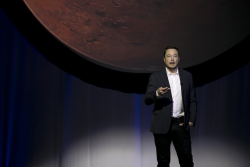

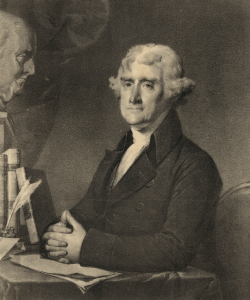

Leave a Comment